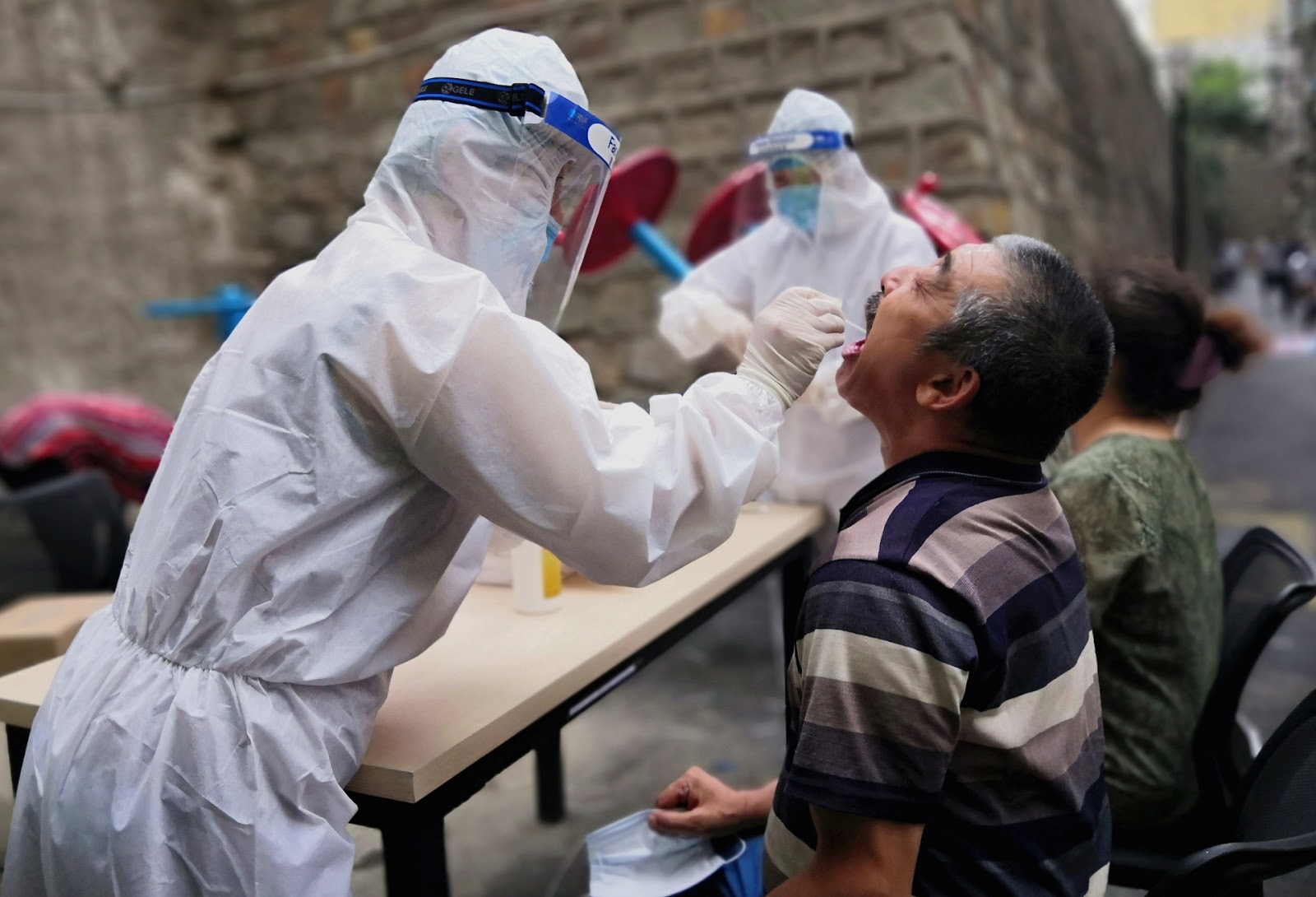China reports over 100 asymptomatic COVID-19 cases linked to Xinjiang garment factory
After a 17-year-old garment factory worker in Kashgar, Xinjiang tested positive for COVID-19, authorities quickly tested all 4.75 million residents of the Kashgar area, finding 164 cases, all without symptoms.

China has already begun to distribute experimental COVID-19 vaccines in some cities, and by some reports, hundreds of thousands of people have already been vaccinated outside of clinical trials. A larger, more formal (and more medically ethical) rollout of one of China’s four advanced vaccine candidates is expected to begin soon.
At the same time, COVID-19 clusters continue to regularly emerge throughout the country, such as in Qingdao earlier this month, underscoring the difficulties in containing the virus even in the best of circumstances (China has largely kept the virus suppressed for over half a year now).
The newest outbreak: Kashgar, Xinjiang.
- A “17-year-old woman” showed a positive COVID-19 test — but no symptoms — after a routine inspection, and was transferred to a hospital for medical observation, authorities said on October 24.
- All of her contacts were quickly isolated and tested, and 137 of them were also found to have been infected — but also with none of them showing symptoms — officials reported on October 25.
- Though all of those testing positive were linked to a garment factory where the woman’s parents worked, officials began a mass testing campaign for “4.75 million people in the Kashgar area.”
- The mass testing is already complete, and a total of 164 positive COVID-19 tests have been reported — all of them asymptomatic.
This amounts to the largest number of asymptomatic cases that China has reported in nearly seven months, since April 1, when officials began reporting such cases (separately from symptomatic cases).
Questions about camps
As with a previous outbreak in Xinjiang’s capital of Urumqi in July, researchers and activists who focus on Uyghur detention camps and labor conditions have raised concern about officials covering up a larger outbreak in the region.
- The woman who initially tested positive was only described in general terms, but what we do know of her factory life is “consistent with ex-detainee working conditions,” Nathan Ruser commented.
- “The family of the 17-year-old work in factories that are 5-10km away from at least five detention camps identified by the Australian Strategic Policy Institute think-tank using satellite imagery,” the Financial Times adds.
There is no direct evidence linking this outbreak to the camps, but we know from leaked documents that officials are aware of problems with overcrowding and the risks this presents for disease spread.
The last mass testing campaign?
The last COVID-19 outbreak in China, in Qingdao, was handled through mass testing but relatively light restrictions on movement and businesses, limited to the specific neighborhoods where residents had tested positive.
While Xinjiang is an exception in the country, with its all-encompassing surveillance state and decades of police crackdowns even before the time of mass detentions, even there China can be seen slowly moving away from strict lockdowns in response to COVID-19 outbreaks.
- Though flights in and out of Kashgar were almost all canceled when the cluster was first reported on October 24, by the next day, officials said (in Chinese) that all transportation networks were operating normally.
- Schools will remain closed in Kashgar, with the exception of universities, through October 30, but shopping malls were never closed, Caixin reports.
Mass testing might be the next extreme measure to be deemed unnecessary to control COVID in China, as contact tracing and mandatory isolation for those testing positive continues to prove effective. Recalling the recent experience of Qingdao in testing over 9 million people to identify just 13 cases, China’s chief epidemiologist, Wú Zūnyǒu 吴尊友, has said that it was “overkill,” and recommended more limited testing in the future.






